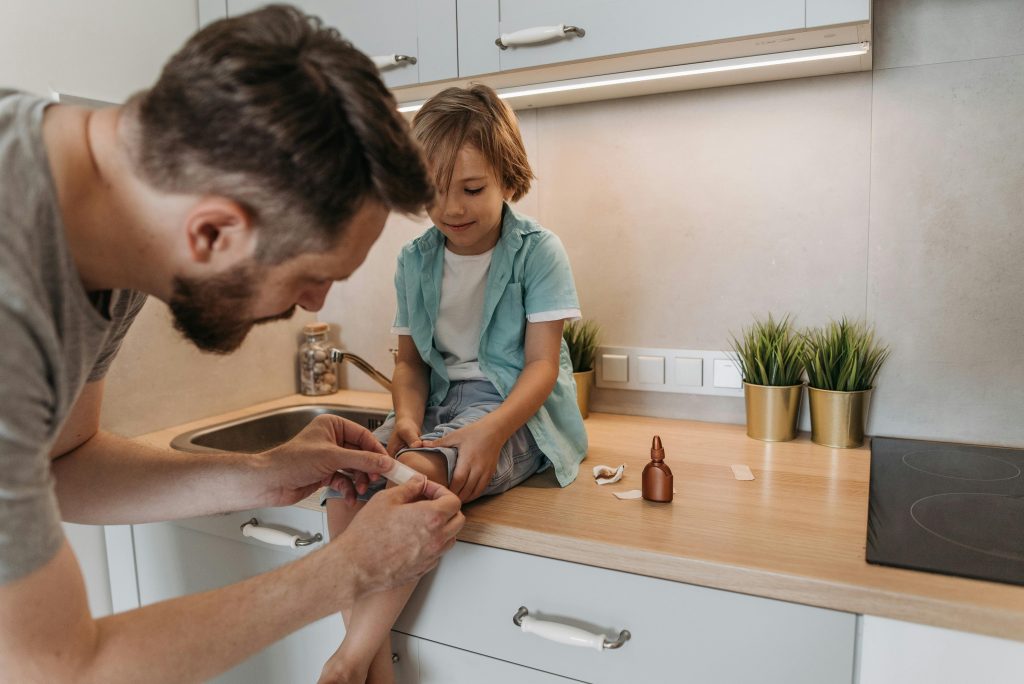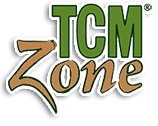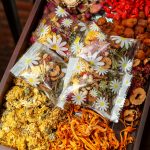Advanced Strategies in Pediatric TCM: Tailoring Acupuncture and Herbal Treatments for Children

By: Alex Qiu
Treating pediatric patients with Traditional Chinese Medicine (TCM) requires an advanced understanding of age-specific physiological and energetic patterns. Children’s organ systems are still developing, making them more susceptible to both excess and deficiency patterns that often manifest differently than in adults. Advanced pediatric TCM strategies necessitate precise diagnostic skills, careful selection of age-appropriate acupuncture techniques, and customized herbal formulations tailored to a child’s sensitivity and compliance. Below, we explore sophisticated approaches for treating common pediatric conditions, emphasizing safety, efficacy, and comfort for the pediatric patient.
Age-Specific Acupuncture Techniques for Pediatric Patients
Pediatric acupuncture diverges significantly from adult treatment due to the distinct anatomical and physiological characteristics of children. Their smaller body size, immature organs, and sensitive skin require modifications in needle technique, duration, and point selection.
- Needle-Free Techniques: For infants and very young children, needle-free techniques such as acupressure, laser acupuncture, and Shonishin (Japanese pediatric acupuncture) are often preferred. Shonishin utilizes small, rounded tools to gently stimulate acupuncture points and meridians, which can effectively treat conditions such as asthma and nocturnal enuresis without the discomfort associated with needles (Birch et al., 2000).
- Micro-Needling and Shallow Insertion: For older children, micro-needling or extremely thin needles with shallow insertion are used. Typically, points are needled superficially, between 1-2 mm deep, and retained for shorter durations (5-10 minutes) to minimize discomfort. Commonly used points include Yintang for calming effects and Sifeng for digestive issues, particularly in cases of hyperactivity and poor appetite (Ching & Ching, 2018).
- Auricular Acupuncture: Auricular points such as Shenmen, Stomach, and Liver are particularly effective for conditions like anxiety, digestive disturbances, and allergies. Ear seeds or press needles can be used instead of traditional needles, providing continuous stimulation with minimal discomfort (Wu, 2017).
Child-Friendly Herbal Formulations
Herbal treatments in pediatrics require careful attention to dosage, taste, and form. Due to children’s immature Spleen and Stomach functions, herbs must be mild and easily digestible.
- Herbal Powders and Syrups: Granulated herbs or powders mixed with honey or fruit syrup can significantly improve compliance. For example, Xiao Er Jin Feng San (Children’s Golden Formula Powder) is used for night crying and irritability due to Liver Heat. Ba Zhen Tang (Eight Treasures Decoction) is commonly adapted for pediatric Qi and Blood deficiency, with modifications to minimize any potentially cloying herbs that could burden the Spleen (Li, 2019).
- Low-Dose, Mild Formulations: Pediatric herbal formulas prioritize gentle, effective herbs such as Gan Cao (Licorice) and Lian Qiao (Forsythia). Gan Mao Ling is frequently used for colds and fevers, with adjustments made for dosage and palatability for children. In respiratory infections, herbs like Huang Qi (Astragalus) and Bai Zhu (Atractylodes) are utilized to bolster Wei Qi without overwhelming the child’s system (Zhang et al., 2021).
- Topical Applications: For conditions such as eczema, topical herbal applications are highly effective. Formulations containing Zhen Zhu Mu (Mother of Pearl) and Ji Nei Jin (Chicken Gizzard Skin) in a cream base can soothe and heal skin conditions while avoiding systemic ingestion (Tan, 2020).
 Case Studies Illustrating Pediatric Success
Case Studies Illustrating Pediatric Success
Advanced pediatric TCM strategies can be highly effective for chronic and recurrent conditions. The following case studies demonstrate the successful application of these approaches:
- Case Study: Recurrent Respiratory Infections A 5-year-old boy presented with recurrent upper respiratory infections, experiencing colds every 2-3 weeks. Diagnostic assessment revealed Lung and Spleen Qi deficiency with Phlegm-Damp accumulation. Treatment focused on Shen Ling Bai Zhu San, aimed at tonifying the Spleen, eliminating dampness, and strengthening Lung defensive Qi. After two months of consistent herbal treatment and weekly shallow acupuncture at Zusanli (ST36) and Hegu (LI4), the frequency of infections significantly decreased, illustrating the efficacy of integrative TCM approaches (Cheng & Song, 2018).
- Case Study: Eczema Management A 3-year-old girl with chronic eczema on her face and extremities was treated using a combination of topical herbal creams and acupuncture. The internal pattern was identified as Damp-Heat in the Skin, exacerbated by Wind. Treatment included a topical cream with Huang Bai (Phellodendron) and Ku Shen (Sophora Root) to reduce itching and inflammation, and acupuncture was limited to Sifeng points, known for their effectiveness in skin conditions and immune modulation. After four weeks, there was significant improvement in skin texture and a reduction in flare-ups (Li et al., 2022).
- Case Study: Anxiety and Night Terrors A 7-year-old girl with severe anxiety and night terrors was treated with a protocol focusing on calming the Shen and resolving Liver Qi stagnation. Auricular acupuncture using seeds at Shenmen and Heart points was employed, along with a mild herbal formulation, Suan Zao Ren Tang, to nourish Heart Blood and calm the Shen. After six sessions over three weeks, the patient experienced marked improvements in sleep and a significant reduction in daytime anxiety (Feng, 2019).
Advanced Considerations for Practitioners
In pediatric TCM practice, practitioners must account for the child’s constitution, season, and environmental factors. While TCM diagnostic principles like tongue coating and pulse quality are critical, they must be adapted to the variability seen in children. Practitioners should be flexible, ready to adjust formulas and techniques as pediatric patterns can shift rapidly with growth and development.
Clear communication with parents is vital to ensure compliance with treatment plans and to manage expectations. Collaboration with other healthcare providers is also recommended, particularly for more severe or chronic conditions, to integrate TCM as a complementary approach alongside conventional medical care.
By tailoring TCM practices to pediatric needs, advanced practitioners can provide effective, individualized care that supports the holistic health and development of children.


 Case Studies Illustrating Pediatric Success
Case Studies Illustrating Pediatric Success